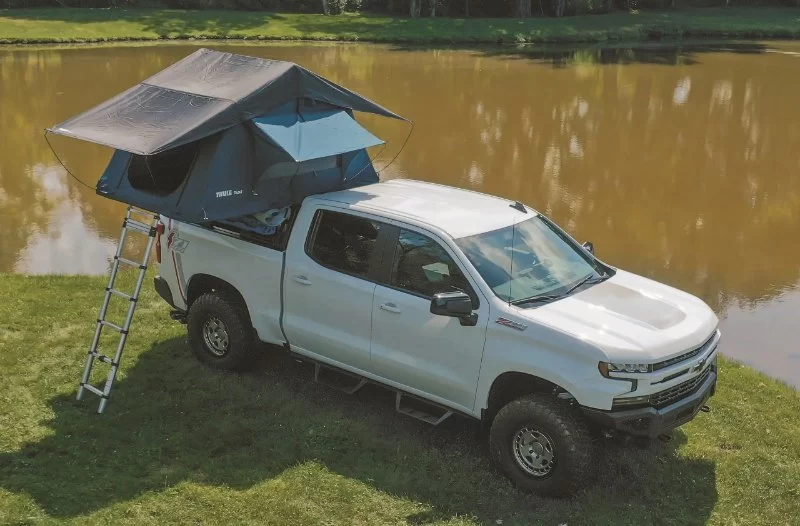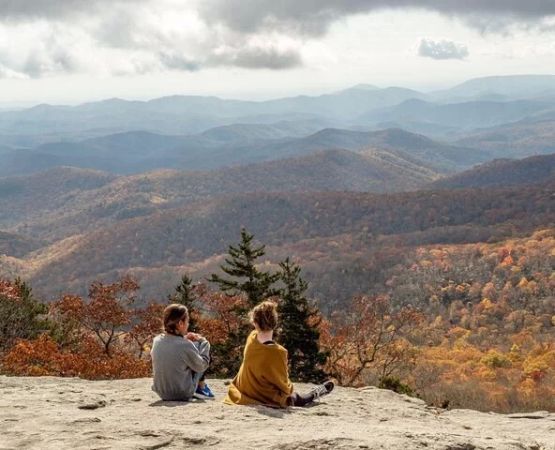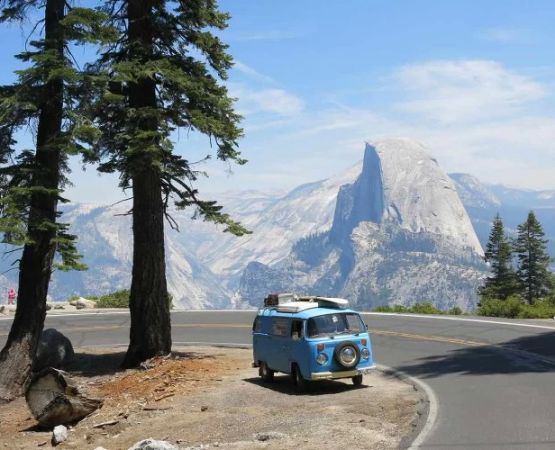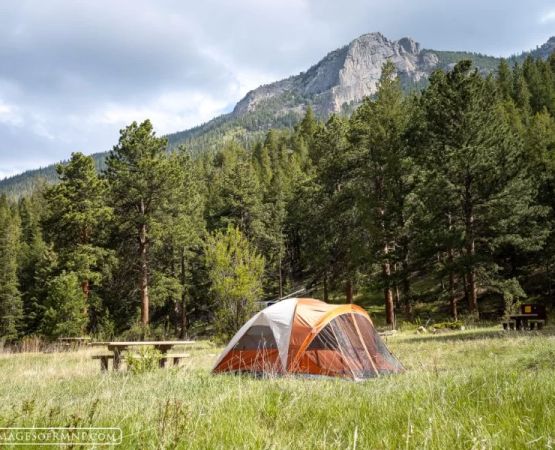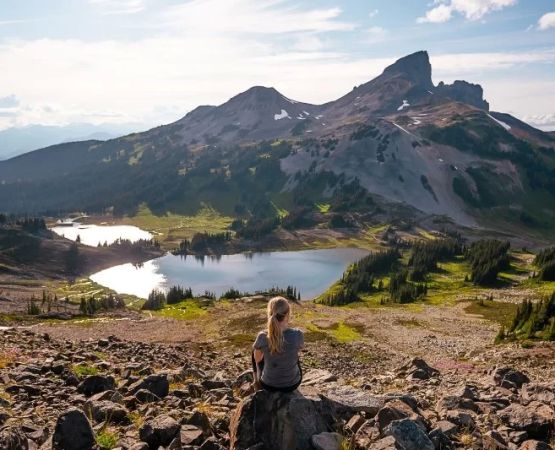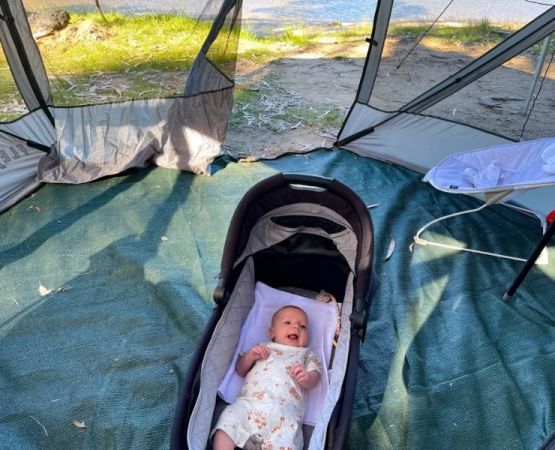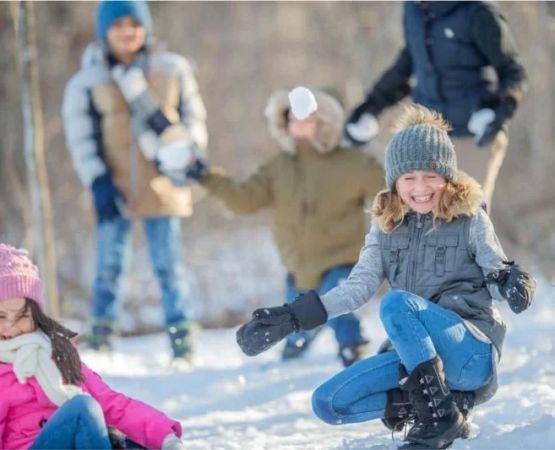- what-is-overlanding – defining the basics for beginners
- popular-us-routes – classic American overlanding trails
- essential-gear – tools and equipment every traveler needs
- choosing-campgrounds – tips for safe and scenic stays
- real-stories – beginners’ journeys and lessons learned
- expert-advice – planning smarter adventures
1. What Is Overlanding and Why It’s Growing in the U.S.
Adventure beyond paved roads
Overlanding 101 starts with understanding the philosophy: it’s not just about the destination, but the journey itself. Travelers combine off-road driving, camping, and self-sufficiency to explore remote places in the U.S. For beginners, this style of adventure may seem intimidating, but with proper planning it becomes an unforgettable way to connect with nature and escape crowded tourist hubs.
2. Popular U.S. Routes That Define the Overlanding Experience
The Trans-America Trail
This coast-to-coast route covers dirt roads, gravel, and backcountry paths across multiple states. Beginners can tackle segments before attempting the full journey. Drivers often describe the satisfaction of passing through small towns and landscapes they would never see on highways.
Mojave Road and Western deserts
The Mojave Road in California is a classic beginner-friendly trail. With its mix of desert landscapes, historic sites, and camping spots, it offers an ideal first taste of overlanding. Families often report how this trail balances adventure with accessibility, making it manageable even for those just starting.
3. Essential Gear Every Overlander Needs
Safety and recovery equipment
From tow straps to portable tire inflators, having the right gear ensures small problems don’t become trip-ending disasters. Many new travelers overlook recovery boards, only to regret it the first time they get stuck in sand or mud.
Comfort and sustainability
A sturdy rooftop tent, efficient camp stove, and portable solar panels can transform an exhausting trip into a comfortable adventure. As shared by several first-timers, a reliable cooler for food storage often makes the difference between enjoying a weekend or cutting it short. For recommendations on gear, Pine Cliff Resort offers practical solutions for every budget.
4. Choosing the Right Campgrounds Along the Way
Balancing safety and scenery
Beginners often underestimate the importance of campground selection. Public lands like Bureau of Land Management (BLM) areas offer freedom but require preparation, while private campgrounds provide amenities but less isolation. Experienced overlanders suggest mixing both for a balanced trip.
Practical planning tips
Always check road conditions, weather forecasts, and fire restrictions before setting up camp. Choosing campgrounds close to water sources can simplify daily routines, but be cautious about wildlife. Personal stories from travelers emphasize how one well-chosen campsite can turn an ordinary night into a highlight of the trip.
5. Real Stories from First-Time Overlanders
Lessons learned the hard way
One couple shared online how they underestimated fuel needs on their first Trans-America Trail adventure, relying too heavily on GPS instead of carrying maps. Another beginner group realized the importance of practicing gear setup before heading out—learning to pitch a rooftop tent in daylight made their evenings less stressful.
How small wins build confidence
First-timers often talk about how even simple victories, like cooking a hot meal after a long drive or finding a hidden lakeside spot, turn into lifelong memories. These authentic stories highlight why Overlanding 101 is less about perfection and more about adaptation.
6. Expert Advice for Smarter Planning
Start small and expand gradually
Experts recommend beginning with short weekend routes before committing to multi-state expeditions. This approach helps travelers fine-tune their packing, navigation, and driving skills. Many also suggest connecting with overlanding communities online, where beginners can ask questions and learn from seasoned adventurers.
Trustworthy resources matter
Investing in updated maps, reliable gear, and campground guides builds confidence and reduces risks. With resources like Pine Cliff Resort, travelers can access curated gear and advice tailored for U.S. routes. This ensures that beginners aren’t overwhelmed, but instead inspired to plan their next journey with greater confidence.

